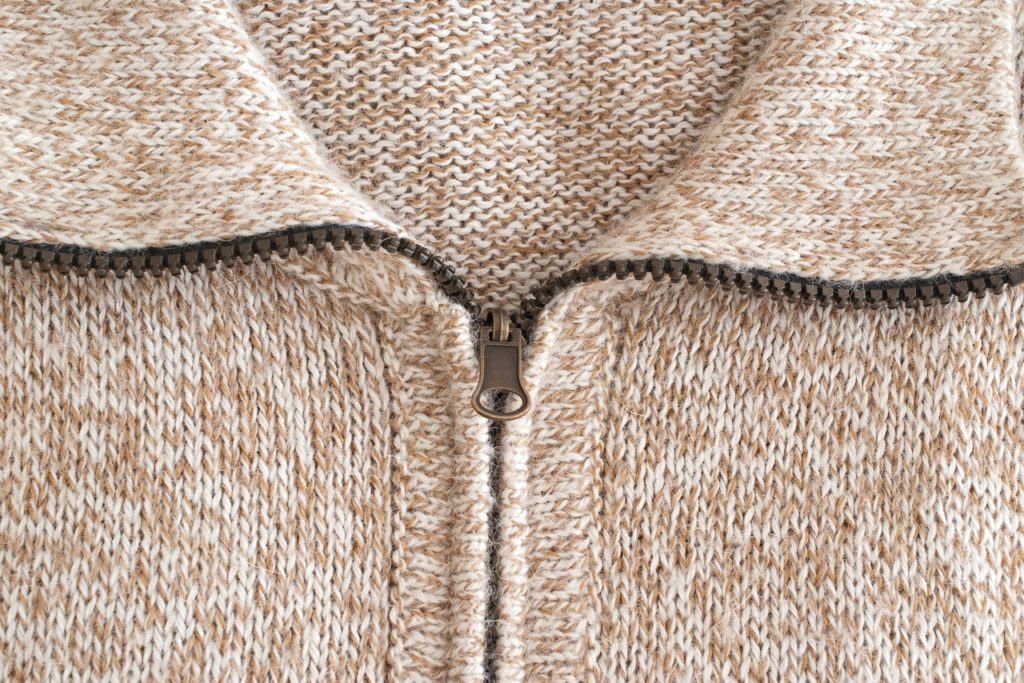Free Info To Picking Bamboo Clothes
Wiki Article
Why Is Hemp More Biodegradable And Durable And Renewable Than Cotton For Example?
Hemp because of its natural properties and the method of growing it, is considered to be more durable and renewable than cotton. Here's why- Biodegradability-
Natural Fiber- Hemp fibers are made from a plant that is biodegradable. Hemp clothing and textiles decompose in a natural manner over time. They then return to the earth, not leaving behind any waste that is long-lasting. This is in stark contrast to synthetic fibers including polyester that can take a number of years to break down.
Hemp fabrics are typically not contaminated with synthetic additives or treatments that inhibit biodegradability. However, some cotton textiles are treated using synthetic chemicals such as dyes and finishes, which could hinder the biodegradation process.
Durability-
Fiber Strength- Hemp fibers are well-known for their durability and strength. Hemp clothes are less susceptible than cotton clothing to wear out, and so lasts longer. This makes hemp clothes able to stand up to many more washing cycles and wear cycles without showing evidence of wear.
Hemp fabric is less prone to pill than cotton. This attribute helps to improve their overall quality and longevity.
Regenerative Agriculture-
Soil Health- Hemp cultivation is regenerative when used responsibly. Hemp can help improve the quality of soil by improving soil health. The roots that are deep in hemp prevent erosion of soil. This regenerative element can leave the land in better condition for the future growth.
Low environmental impact Sustainable hemp cultivation methods often use minimal pesticides or herbicides in order to minimize environmental damage. The cultivation of cotton is a conventional method that may result in soil degradation as well as water pollution, among other environmental problems due chemical use in synthetic forms.
Water Efficiency-
Hemp generally requires less water than cotton. Due to its drought-resistant characteristics hemp can thrive with little irrigation or rain. This makes it a great option for regions with limited water supplies.
Crop Rotation Hemp is a good choice to incorporate in crop rotation systems, which can improve the overall health of soils and decrease the possibility of soil loss and the buildup of disease. In conventional cotton farming the crop rotation process is less common.
Versatility- Hemp is a great material in a variety of applications like clothes, textiles, paper, building materials, and more. This implies that hemp cultivation could help various industries through sustainable and sustainable methods.
It is important to know that hemp is a great product, but it can be a problem if it is not sustainable, based on your processing and farming practices. Choose hemp products produced with ethical and sustainable practices to reap the maximum environmental advantages. Selecting organic cotton products can help reduce environmental problems that are associated with conventional cotton production. Take a look at the top rated get redirected here on hemp clothes for site recommendations including hemp garments, jeans hemp, hoodlamb coat, 100 hemp clothing, hemp t shirts wholesale, hemp button shirt, hemp yoga clothes, hemp clothing for men, hemp garments, patagonia iron forge jacket and more.

How Can Hemp Fibers Benefit On Carbon Sequestration, Sustainability And Crop Rotation?
Hemp fibers could contribute to the sequestration of carbon, sustainability and crop rotation practices in several ways and are therefore an environmentally green choice for production of textiles and agriculture Carbon Sequestration-
Hemp is a plant that grows at a rapid rate. It matures between 70 to 120 days, based on the hemp type and the growing conditions. Hemp plants absorb atmospheric carbon dioxide (CO2) in their rapid growth phase as part of their photosynthesis process. This carbon uptake can contribute significantly to carbon sequestration through reducing the CO2 levels in the air.
Hemp produces lots of biomass. The dense foliage of the plant and its tall stalks yield an incredible amount of organic matter. This biomass can be used for the production of organic carbon in soils, or for various other purposes.
Sustainability:
The use of minimal chemicals is Hemp cultivation typically requires less synthetic pesticides and herbicides in comparison to other crops like cotton. The natural resistance to diseases and pests minimizes the need for chemical. Organic hemp farming is a sustainable way of cultivating hemp since it doesn't use synthetic chemicals.
Hemp can be irrigated with little water, unlike traditional cotton, which is water-intensive. It is therefore more sustainable in areas with limited water resources.
Soil Health- Hemp's extensive root system is able to improve the health of soil. His roots prevent soil erosion through stabilizing soil structure, and also reducing runoff. Hemp farming may increase soil microbial activity, increasing soil fertility and nutrient cycling.
Hemp can be integrated in crop rotation systems. Crop rotation is the process of alternating of various crops within one field. This can help to break the cycle of disease and pests and reduce soil depletion and strengthen soil structures. The role of hemp in crop rotation helps to ensure sustainability.
Crop Rotation
Hemp can also be added to the rotation of other crops, such as legumes, grains or vegetables. Diversification is essential for maintaining soil health, decreasing the risk of pests or diseases that are specific to particular crops, as well as promoting balanced nutrient cycle.
Hemp roots penetrate soil and aerate it, which helps reduce compaction and enhances the infiltration of water. The soil structure improves after the harvest of hemp that benefits other crops.
In short, hemp fibers could improve carbon sequestration practices, sustainability, crop rotation and efficiency of water through their rapid growing, biomass production and minimal chemical needs. These traits make hemp cultivation a green and sustainable agriculture practice. See the recommended hemp clothes for blog examples including hemp cotton fabric, hemp shirts wholesale, 100 hemp shirt, mens hemp t shirts, patagonia iron forge pants, mens hemp clothing, hemp yoga pants, mens hemp clothing, hemp mens jeans, hemp long sleeve shirt and more.

What Are The Benefits Of Wearing Bamboo Clothing For Comfort And The Environment.
Bamboo clothing is eco-friendly and comfortable.
Softness Bamboo fabric is renowned for its incredible softness. It is silky smooth texture that feels good against the skin. Bamboo clothing is popular because of its luxurious softness which makes it an excellent choice for loungewear, activewear and intimate clothes.
Bamboo fibers breathe easily and are able to absorb moisture. These micro-gaps let air circulate and keep you cool. Moisture wicking helps to draw sweat off the skin.
Bamboo clothing is a great option to regulate temperature. It can keep you warmer when temperatures drop by retaining warmth close to your skin. In hot weather, it can aid in keeping you cool by allowing excess heat and moisture to escape. Bamboo can adjust to a variety of temperatures, it's perfect for all seasons.
Hypoallergenic bamboo fabric is hypoallergenic, and gentle for sensitive skin. Bamboo fabric is less likely than other fabrics to trigger allergic reactions or irritations so it's a good choice for people with allergic skin or sensitive skin.
Odor resistance Bamboo fibers are naturally antimicrobial properties that help in preventing the growth of odor-causing bacteria. This feature helps bamboo clothing to remain fresh after physical activities.
Environment-
Bamboo is sustainable- It is a sustainable, renewable resource. It is one among the fastest-growing plants and only requires very little water. There are no herbicides, pesticides or any other chemical are required to cultivate it. Bamboo can be harvested, and the plant will re-grow by regrowing its roots.
Low water consumption- Bamboo is inherently water-efficient. Bamboo can flourish with little irrigation and can be planted using rainwater only which reduces the environmental impact caused by water use in agriculture.
Biodegradability. Bamboo clothes will naturally decay as time passes if it is disposed. This feature helps to reduce the quantity of non-biodegradable fabric garbage that is disposed of in landfills.
Carbon Sequestration. Bamboo can be used to sequester CO2 during its rapid expansion. Bamboo cultivation is a carbon dioxide sink, reducing the levels of greenhouse gases as well as helping to reduce the effects of climate changes.
Chemical Reduction. Bamboo fabric production generally involves less chemical treatment and processing than other fabrics. As a result, the textile industry has lower environmental impact.
Closed-Loop Processes- Some bamboo fabric manufacturing processes are closed-loop which recycles water as well as chemical waste and reduces pollution and waste.
It is important to remember that the impact on the environment can vary depending upon the manufacturing process, and whether the bamboo used came from ethically and sustainably managed bamboo forests. Bamboo clothing made using environmentally friendly practices will give the greatest environmental benefit. Check out the top bamboo clothes for more tips including bamboo tank tops, bamboo clothing leggings, bamboo activewear, bamboo material clothing, cotton bamboo pajamas, short bamboo, bamboo sweatshirt, bamboo cotton shirts, organic bamboo pajamas, bamboo baby pajamas and more.
